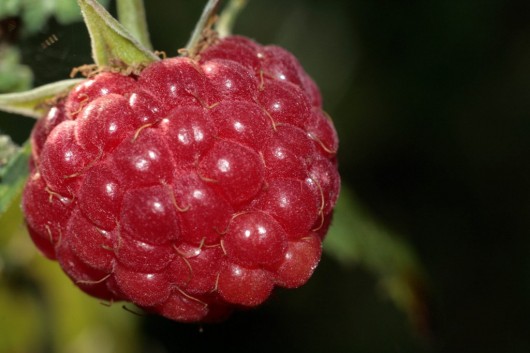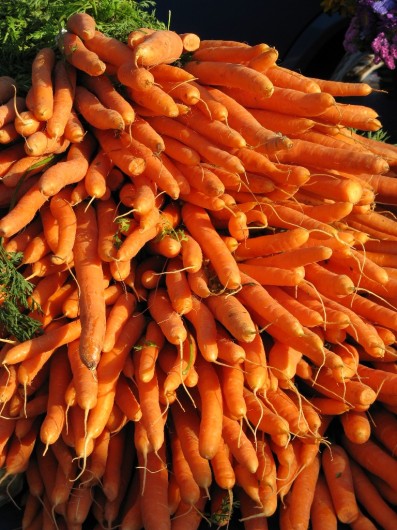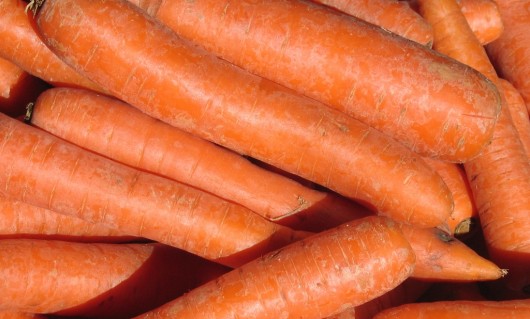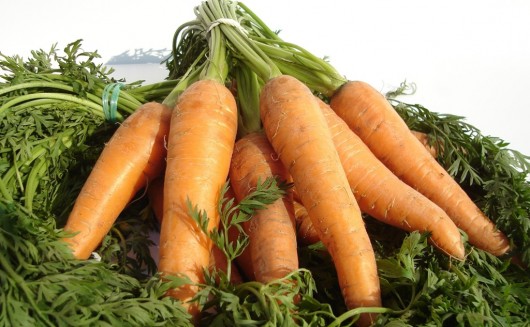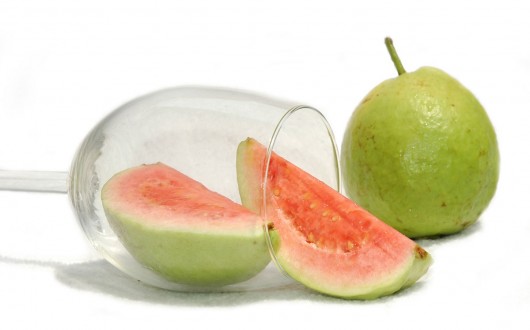Which Fruit Has The Most Dietary Fiber?
If you’re confused about dietary fiber, you’re not alone. We all know we need it, but it’s difficult to know how much and what kind. Fiber plays an important role, and understanding that role and how to get the fiber you need is essential for good health.
What is Dietary Fiber?
Dietary fiber is the parts of fruits, vegetables, legumes and whole grains that our bodies can’t digest. Unlike fat, protein and carbohydrates, fiber just passes through the stomach, intestines and out of the body mostly intact. There are two kinds of fiber: soluble and insoluble. Soluble fiber is found in apples, whole grains and beans. It helps lower cholesterol and blood glucose levels. Insoluble fiber is found in whole-wheat flour, nuts and lots of vegetables. It helps with constipation.
Dietary Fiber in Our Bodies
Fiber is important because it helps keeps our bowels healthy. It gives us normal bowel movements by making stool soft and bulky so it passes easily through the body. This decreases the risk of constipation, hemorrhoids and diverticular disease. Fiber also helps lower cholesterol by lowering “bad” cholesterol levels. It helps improve blood sugar levels by slowing down the absorption of sugar by the body. Fiber also helps us feel fuller longer when we eat, so we eat less.
Adults should eat 25 to 40 grams of fiber a day. It should be a combination of soluble and insoluble fiber. Not eating enough fiber can cause constipation, irritable bowel syndrome, diverticular disease and many other health problems. When you start adding more fiber to your diet, do it slowly: adding a lot of fiber too quickly can cause gas and cramping. Increase the amount gradually over a few weeks. Also increase the amount of water you drink. Fiber needs to absorb water for bulky stools.
Top Fruits For Dietary Fiber Content
The amounts of dietary fiber are given for 100g of each fruit.
1 Raspberry 6,50 g
2 Guava 5,40 g
3 Blackberry 5,30 g
4 Cranberry 5,00 g
5 Redcurrant 4,30 g
6 Gooseberry 4,30 g
7 Pomegranate 4,00 g
8 Durian 3,80 g
9 Blueberry 3,60 g
10 Pear 3,60 g
11 Kiwi 3,00 g
12 Carrot 2,90 g
13 Fig 2,90 g
14 Lemon 2,80 g
15 Lime 2,80 g
16 Banana 2,60 g
17 Orange 2,40 g
18 Apple 2,40 g
19 Cherry (sweet) 2,00 g
20 Strawberry 2,00 g
21 Apricot 2,00 g
22 Papaya 1,80 g
23 Mango 1,80 g
24 Tangerine 1,80 g
25 Mangosteen 1,80 g
26 Mulberry 1,70 g
27 Grapefruit 1,70 g
28 Jackfruit 1,60 g
29 Peach 1,50 g
30 Plum 1,40 g
31 Pineapple 1,40 g
32 Lychee 1,30 g
33 Tomato 1,20 g
34 Elderberry 1,00 g
35 Grape 0,90 g
36 Melon (Cantaloupe) 0,90 g
37 Pumpkin 0,50 g
38 Cucumber 0,50 g
39 Watermelon 0,40 g
40 Passion Fruit 0,20 g
41 Blackcurrant 0,00 g
